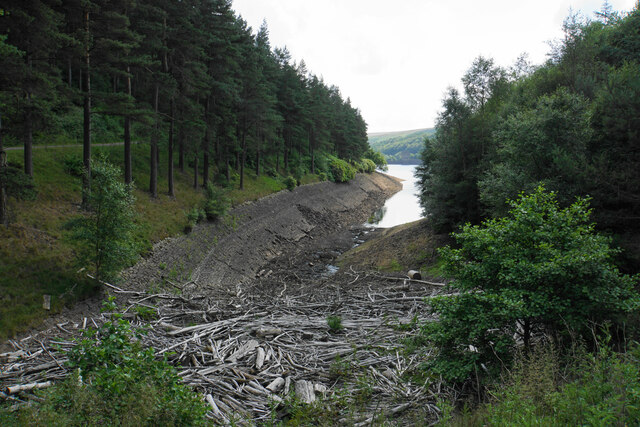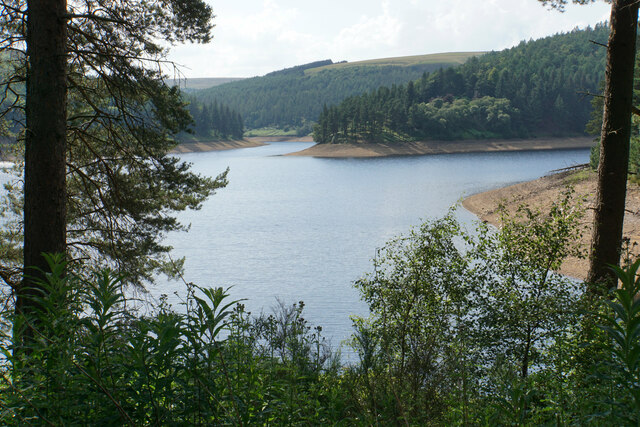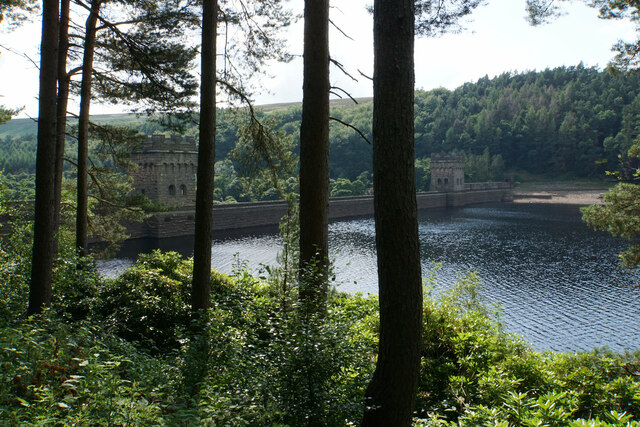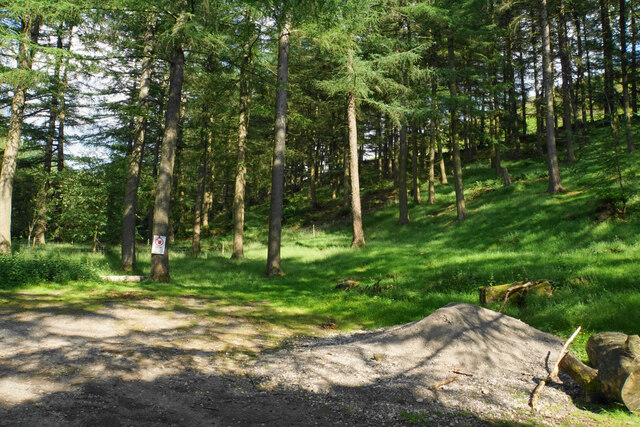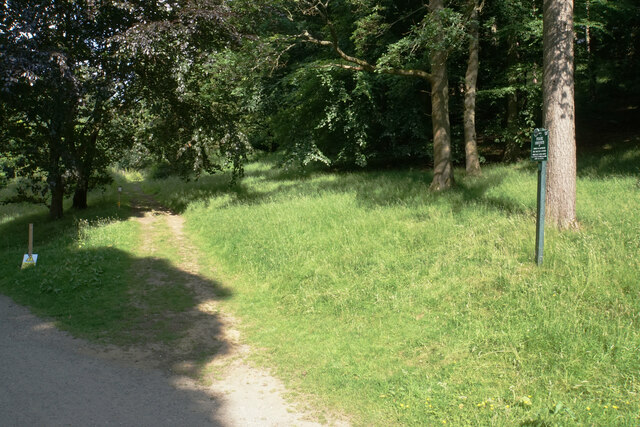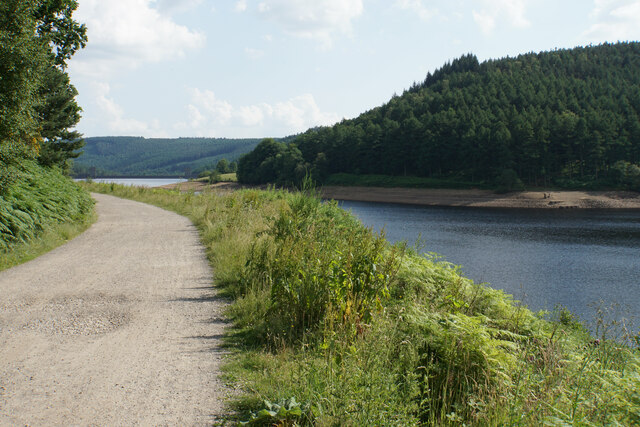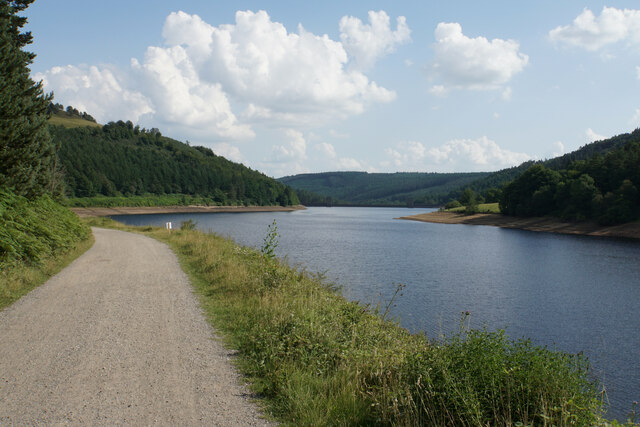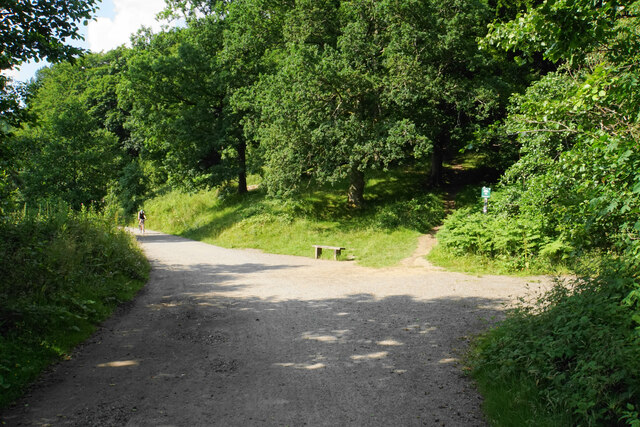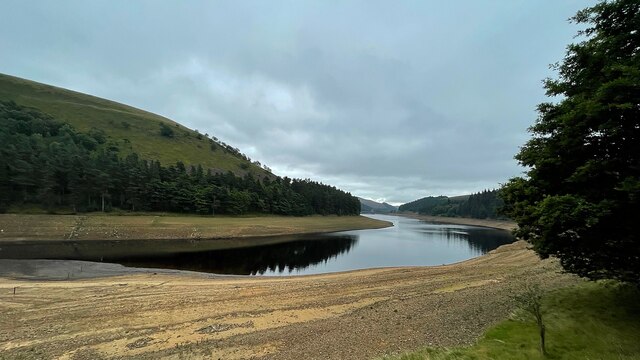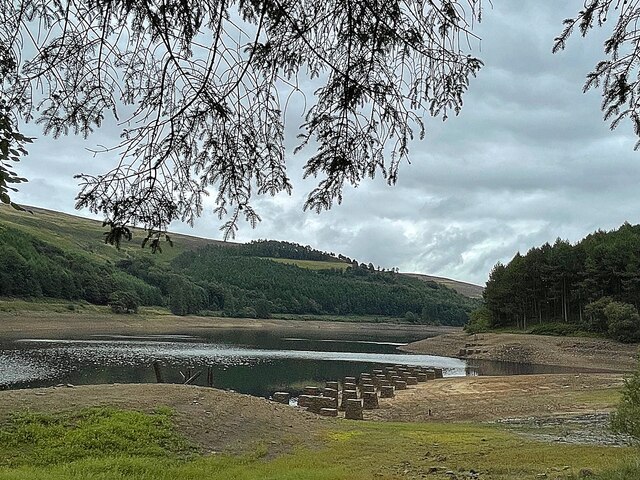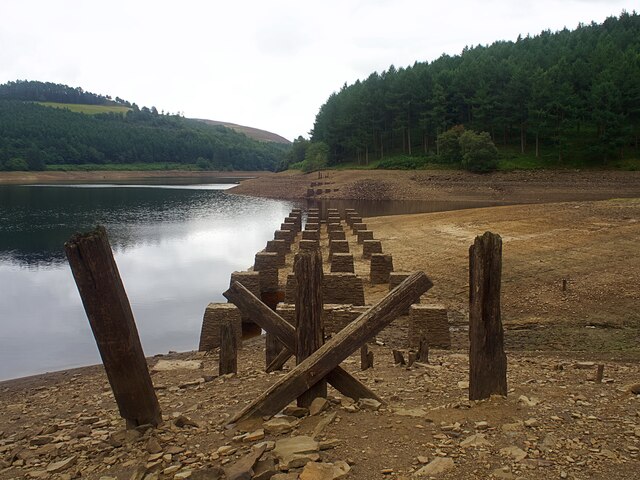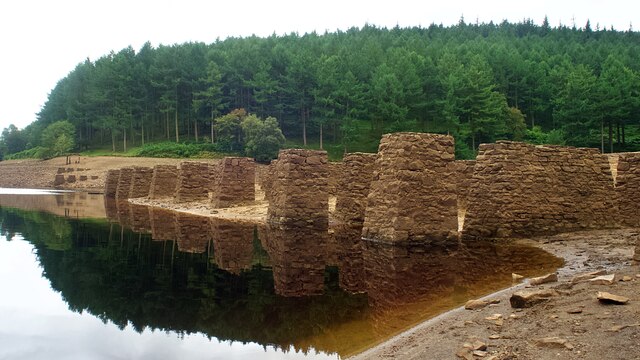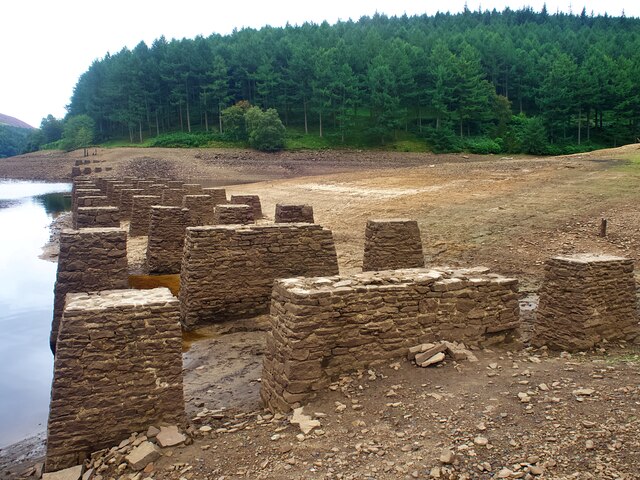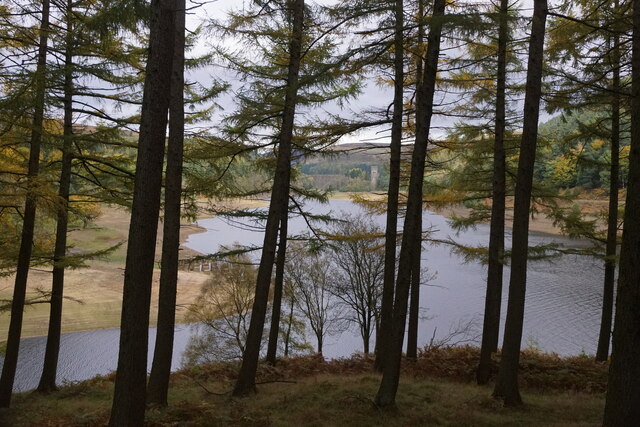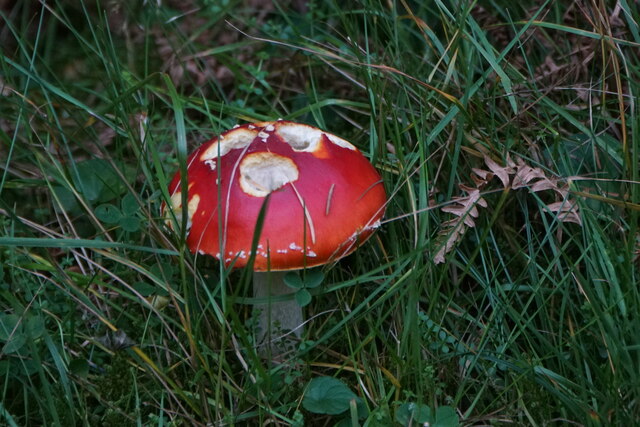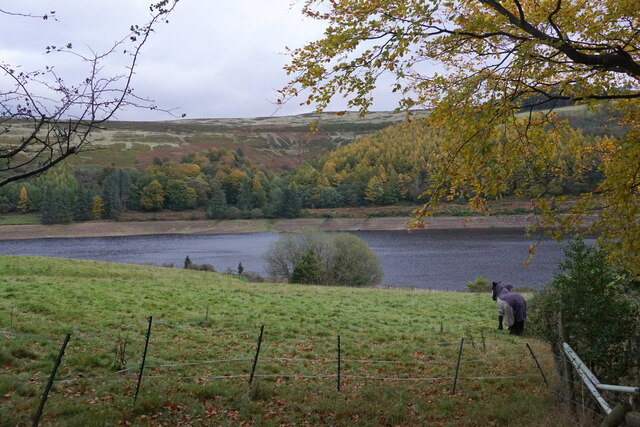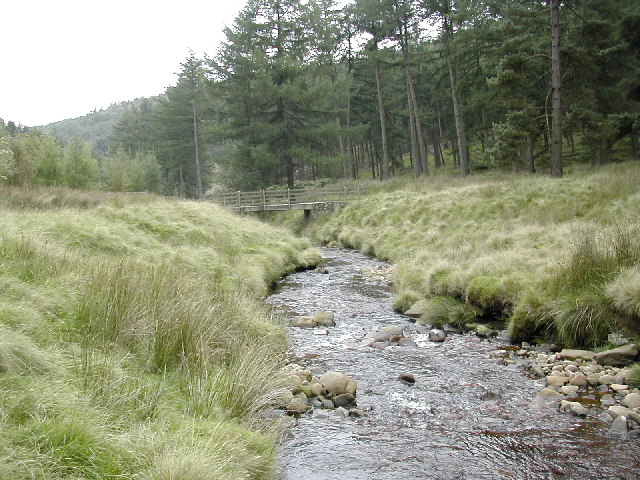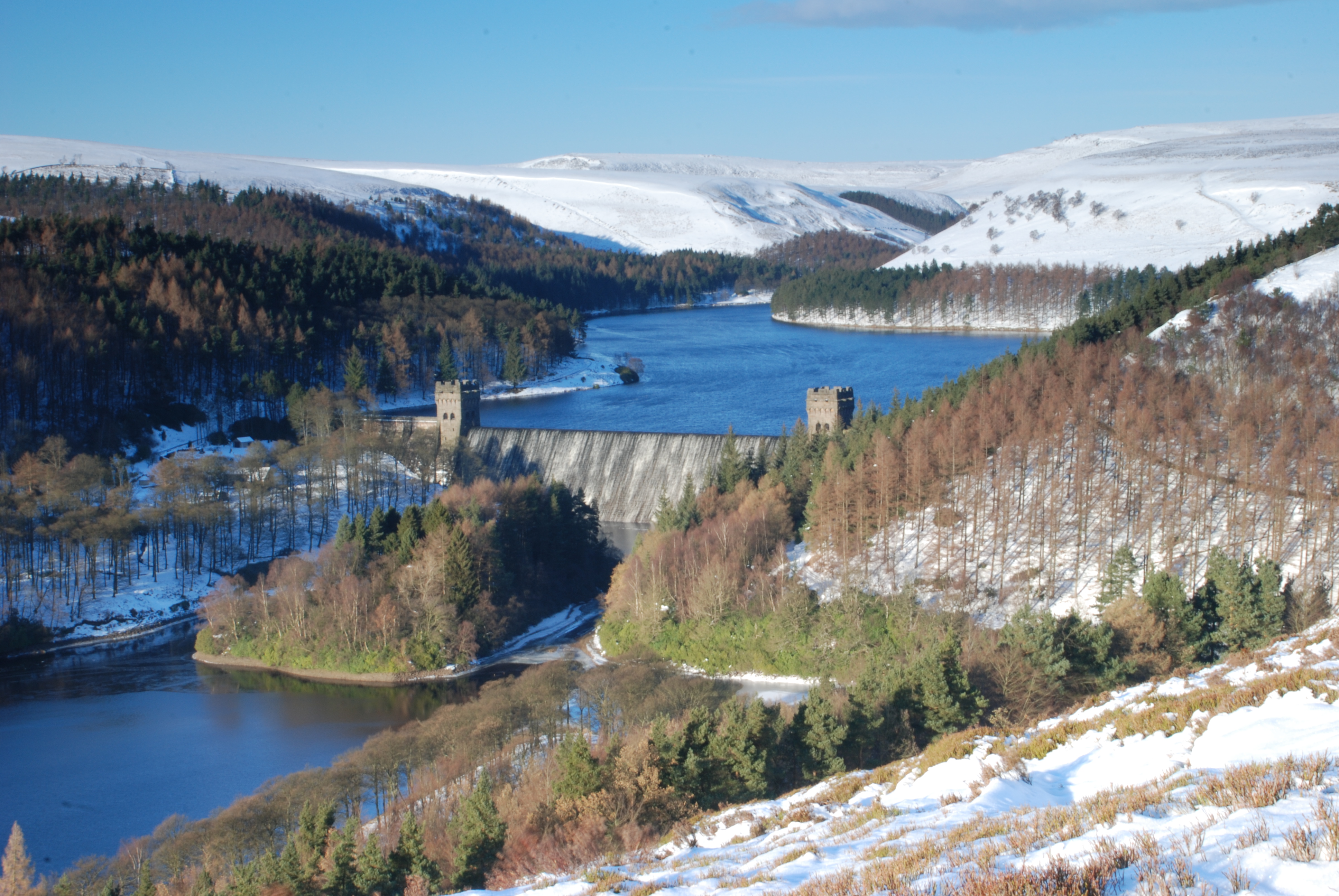Derwent Reservoir
Lake, Pool, Pond, Freshwater Marsh in Derbyshire High Peak
England
Derwent Reservoir
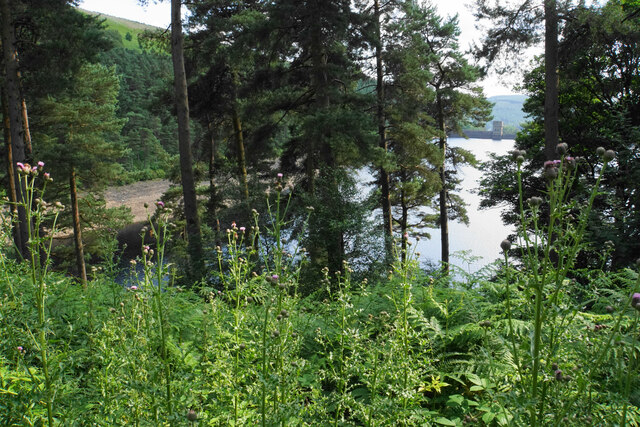
Derwent Reservoir, located in Derbyshire, England, is a large freshwater lake nestled in the scenic Upper Derwent Valley. It was constructed in the 20th century to supply water to the nearby cities of Sheffield and Derby. With a surface area of approximately 280 acres, the reservoir serves as a vital source of drinking water for the region.
The lake is surrounded by picturesque landscapes, offering a tranquil environment for visitors. The reservoir is encompassed by rolling hills and dense woodlands, creating a stunning backdrop for outdoor enthusiasts. Numerous walking trails traverse the area, providing opportunities for leisurely strolls and more challenging hikes.
Derwent Reservoir is popular among anglers, boasting a diverse range of fish species. Angling enthusiasts can cast their lines in the hopes of catching trout, pike, perch, and roach. The lake is regularly stocked with fish to maintain healthy populations and enhance the fishing experience.
In addition to its recreational uses, Derwent Reservoir plays a crucial role in wildlife conservation. The surrounding wetlands and marshes provide a habitat for a variety of bird species, including herons, swans, and ducks. Birdwatchers flock to the area to observe these feathered inhabitants in their natural environment.
Overall, Derwent Reservoir offers a peaceful and scenic destination for outdoor activities, such as walking, fishing, and birdwatching. Its importance as a water supply and wildlife sanctuary further adds to its significance in the region.
If you have any feedback on the listing, please let us know in the comments section below.
Derwent Reservoir Images
Images are sourced within 2km of 53.424992/-1.7460463 or Grid Reference SK1692. Thanks to Geograph Open Source API. All images are credited.
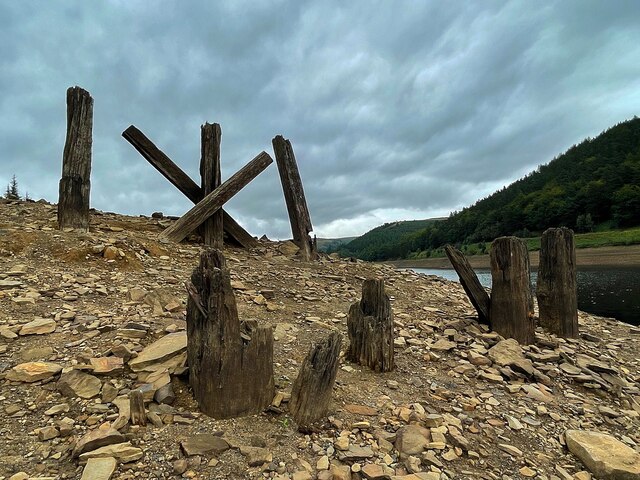
Derwent Reservoir is located at Grid Ref: SK1692 (Lat: 53.424992, Lng: -1.7460463)
Administrative County: Derbyshire
District: High Peak
Police Authority: Derbyshire
What 3 Words
///overused.souk.liberty. Near Hope Valley, Derbyshire
Related Wikis
River Westend
The River Westend flows through the Dark Peak of the Derbyshire Peak District in England. Its source is at Bleaklow Stones on Bleaklow, from where it...
Howden Reservoir
The Howden Reservoir is a Y-shaped reservoir, the uppermost of the three in the Upper Derwent Valley, England. The western half of the reservoir lies in...
Derwent Reservoir (Derbyshire)
Derwent Reservoir is the middle of three reservoirs in the Upper Derwent Valley in the north of Derbyshire, England. It lies approximately 10 mi (16 km...
Lost Lad
Lost Lad is a hill, 518 metres (1,699 ft) high on the Derwent Edge in the Peak District in the county of Derbyshire in England. It is a subpeak of Back...
Howden Edge
Howden Edge (grid reference SK187943) is a peak in the north-east of the Upper Derwent Valley area of the Peak District National Park in England. At 545...
Alport Castles
The Alport Castles are a landslip feature in the Peak District National Park in Derbyshire. At over half a mile long, it is thought to be the largest landslide...
High Stones
High Stones, at 548 metres (1,798 ft), is the highest point within the boundaries of both the City of Sheffield and South Yorkshire, England.High Stones...
River Alport
The River Alport flows for 5.6 miles (9 km) in the Dark Peak of the Peak District in Derbyshire, England. Its source is on Bleaklow, 3 miles (4.8 km)...
Nearby Amenities
Located within 500m of 53.424992,-1.7460463Have you been to Derwent Reservoir?
Leave your review of Derwent Reservoir below (or comments, questions and feedback).
